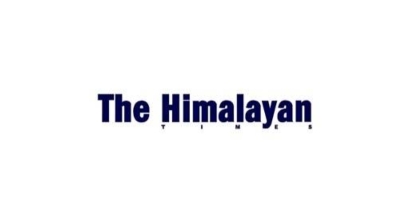Cutting dependence on petro-products
The Nepal Oil Corporation (NOC) recently hiked the price of petroleum products and Nepal Electricity Authority (NEA) announced load shedding. People came on the streets and forced the government to withdraw its decision after two days. Though the protests have died down, it is not a rational decision.
The petro-price hike was long overdue. No politician likes to take the responsibility of the price hike of petro products and tries to avoid it during his tenure. To manage petroleum prices, dealer’s commission and taxes should be reduced. Illegal movement of petroleum products from Nepal to India have to be controlled along with the improved management of NOC. NOC owes to the Indian Oil Corporation (IOC) equivalent to Rs. 9 billion. If IOC stops petroleum supply, it will be tough for Nepal to import petroleum products.
Similarly, load shedding has become very unpopular due to the lack of political will and NEA’s mismanagement. NEA may soon establish diesel plants to minimise the intensity of load shedding by using expensive imported fuel and neglect the flowing water of its rivers. If that happens, people may have to pay extra for electricity since per unit cost of diesel plant should be around Rs. 30.
Due to the lack of maintenance/repair of NEA power plants, some of them have gone out of operation. NEA is not serious about reducing the idle hours of such plants. During September and October private hydropower producers at Khimti, Bhote Koshi and Chilime can supply more power. There is 25 per cent system loss on the NEA’s power system, including technical and non-technical loss. That can be reduced significantly.
Nepal does not have petroleum resources but hydropower can be a substitute with technically feasible potential of more than 40,000 MW. Out of Nepal’s total energy consumption, hydropower contributes 1 per cent and petroleum products 10 per cent. Gradually, the consumption of petroleum products should be controlled and that of hydropower enhanced.
In the long-term, focus should be on “replacing petroleum products by hydropower”. In the short term, it is very tough due to limitations. Concentration should be on maximum availability of existing power plants, minimum system loss, and optimum use of power. Moreover, focus should be on furnishing the ongoing projects (Middle Marsayngdi-70 MW, Upper Modi-14MW, Mailung-5 MW, Khudi-3.5 MW and other small ones) soon and use of solar power and biogas should be promoted.
Run-of-River (ROR) projects for base load and storage projects for peak load should be developed. Cheaper projects should be constructed by utilising domestic resources like capital, technology and manpower. Upper Tamakoshi (ROR-309 MW) and West Seti (Storage-750 MW) are attractive projects along with Arun III, Budhi Gandaki, Upper Marsyangdi and Upper Karnali.
The government cannot invest in hydropower at the cost of education, health and infrastructure development. It has to invite the private sector for investment in hydropower development through long-term plans. By 2006-end, development of at least 1000 MW hydropower projects should be initiated and infrastructure for the use of hydropower to substitute for petroleum products should be developed.





